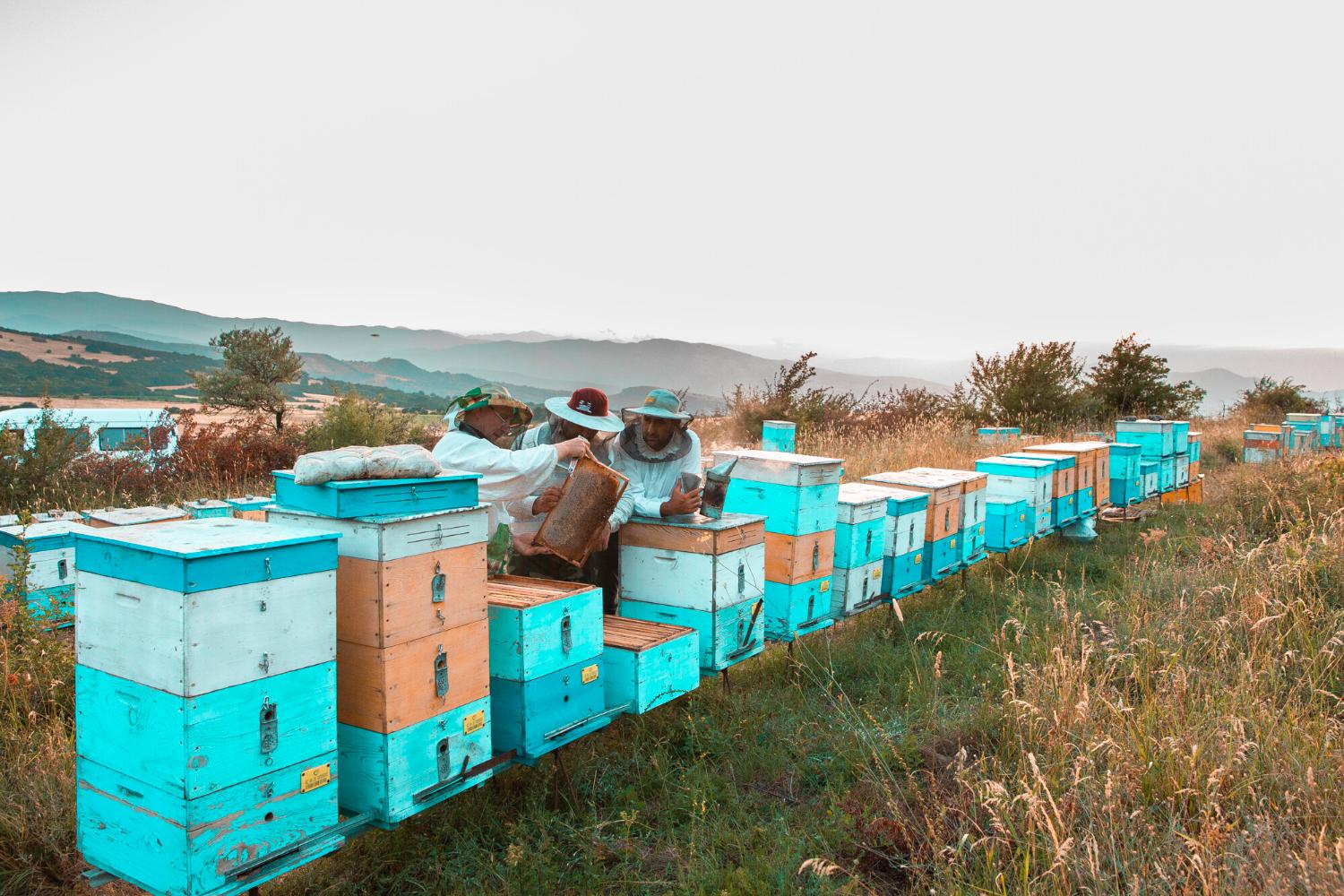In recent years, the global decline in bee populations has become a major concern for environmentalists and agriculturalists alike. Beekeeping, a practice that supports both biodiversity and food production, is under threat from diseases, climate change, and habitat loss. But there's hope thanks to the exclusive role of IoT in saving beekeeping, the future of bees is beginning to look a lot brighter. At the heart of this revolution lies the beehive monitoring system, powered by smart sensor technology that enables beekeepers to monitor bee health like never before.
Understanding the Need for Beehive Monitoring Systems
Traditionally, beekeeping required physical inspections, which not only disturbed the hive environment but were also time-consuming and limited in scope. With hives often located in remote areas, timely detection of issues like temperature fluctuations, humidity, diseases, or queen loss was nearly impossible.
This is where IoT beehive monitoring systems come into play. These systems provide real-time data and early warnings, reducing hive inspections and helping beekeepers take preventive actions before major damage occurs.
How IoT is Transforming Beekeeping
The Internet of Things (IoT) connects physical objects through the internet using sensors, software, and other technologies. In beekeeping, IoT enables:
- 24/7 hive monitoring
- Real-time alerts
- Data collection for long-term analysis
- Remote access to hive health and conditions
These features drastically reduce human error and give beekeepers accurate insights without opening the hive constantly.
Smart Sensor Technology in Beehive Monitoring Systems
Smart sensors are the cornerstone of an efficient beehive monitoring system. They collect and transmit data such as:
- Temperature and Humidity Sensors: Maintaining optimal internal hive temperature and humidity is crucial for brood development and honey production.
- Weight Sensors: Track honey production and food consumption by measuring hive weight changes.
- Sound and Vibration Sensors: Detect anomalies in hive activity and even help predict swarming.
- CO₂ and Air Quality Sensors: Monitor ventilation and detect early signs of disease or colony stress.
- GPS and Motion Sensors: Help prevent theft and track the movement of mobile hives.
This smart sensor technology plays a vital role in monitoring bee health, improving hive performance, and reducing colony losses.
Benefits of Using IoT Beehive Monitoring Systems
1. Early Detection of Health Issues
IoT systems help identify signs of diseases such as Varroa mites or foulbrood early, giving beekeepers time to intervene before it's too late.
2. Reduced Hive Disturbance
Since all data is collected remotely, there is less need to open the hive frequently, leading to healthier bees and improved productivity.
3. Data-Driven Decisions
Beekeepers can access trends and historical data to optimize feeding schedules, harvesting times, and hive placement.
4. Efficient Resource Management
Knowing exactly when a hive needs attention helps in deploying resources more effectively and saving operational costs.
Real-Life Application: Case Studies and Success Stories
From large apiaries to small backyard beekeepers, the impact of IoT is visible across the board.
- In Europe, tech startups have partnered with beekeepers to deploy solar-powered beehive sensors, significantly reducing winter colony losses.
- In the USA, commercial beekeepers use cloud-based monitoring dashboards to manage thousands of hives across states.
- In India, IoT solutions are being used to empower rural beekeepers with mobile alerts in local languages, making tech accessible and impactful.
Challenges and Future of IoT in Beekeeping
Despite its immense potential, the adoption of IoT in beekeeping faces certain challenges:
- High initial costs for setting up sensors and connectivity
- Need for training and technical knowledge
- Limited internet access in remote areas
However, the future is promising. As technology becomes more affordable and accessible, we can expect widespread adoption. Integration with AI and machine learning will further enhance the predictive capabilities of these systems.
Conclusion
The combination of IoT beehive monitoring systems and smart sensor technology is playing an exclusive role in saving beekeeping. By offering real-time insights and reducing manual intervention, these innovations empower beekeepers to safeguard their colonies, increase productivity, and contribute to environmental sustainability.
